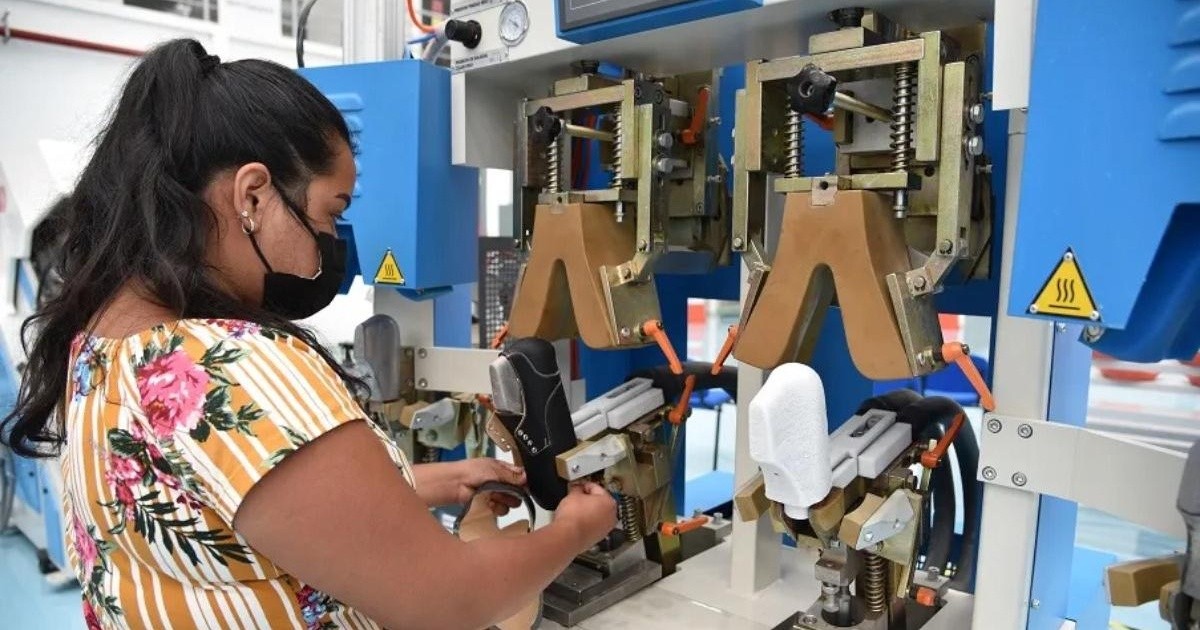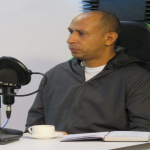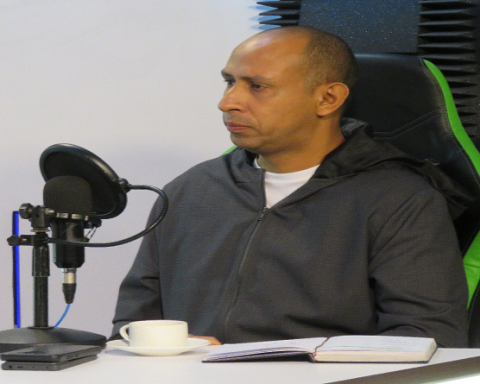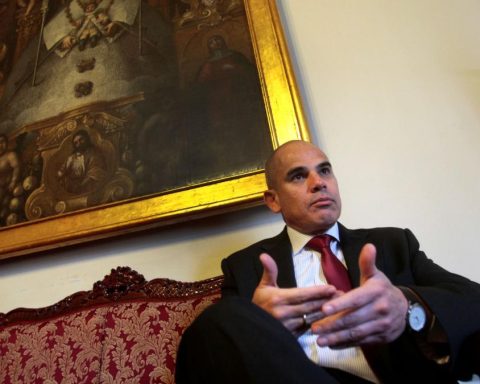the main labor market challenge in Mexico it is not labor poverty, but productivity, said Benjamín Alemán Castilla, an academic at the Pan-American Institute of Senior Business Management (IPADE). But poor performance is, in turn, the result of low-paying jobs with long hours and little training.
The working poverty “It is a symptom of something more serious,” he said this Wednesday at the presentation of the report Decent work in Mexico 2005-2022: Analysis with a gender perspective. That something more serious is the deficit of a “sufficiently trained” labor force and the lack of job opportunities. decent job.
By the third quarter of 2022, 40.1% of the population was in working poverty, according to the National Council for the Evaluation of Social Development Policy (Coneval). That is to say, 51.6 million people they live with a labor income lower than the monetary value of the food basket.
“For work to be decent, people have to be productive and earn a fair wage for what they contribute to their companies,” says the IPADE report. However, this salary-work ratio does not always exist.
In the last 18 years, “the country’s ability to generate job It has remained without significant changes. The covid-19 caused the greatest shock in the labor market and in this time of recovery “a moderate growing trend of the population employed in the informal sector is observed.”
Despite this, according to the document, the employment in the informal sector “it increased only marginally between 2005 and 2022”, but it has affected “women more at all times”.
In 2022, 40% of men received earnings equal to less than two-thirds of median hourly wages. 41.3% of the workers were in the same situation.
The investigation, coordinated by Benjamín Alemán, confirms that “women tend to earn lower wages That men”. On the contrary, there is a higher proportion of men with sufficient salaries, he pointed out.
The reality of the double working day
On average, three out of 10 employed people, mainly men, “work more than 48 hours per week, which constitutes a excessive working hoursin accordance with international standards,” according to the report.
Near to 30% of employed men they work more than 48 hours a week, which is not a volatile indicator, clarified Benjamín Alemán. Only in the pandemic that percentage “had a natural decrease due to the closure of activities”, but by 2022 there was an increase again.
The professor of the Economic Environment course at IPADE recommends “taking care and continuing to monitor” that this indicator does not worsen. Ideally, you would see a downward trend, she said.
However, this data does not mean that women can truly enjoy free time, since they do more home and care work unpaid. According to the National Survey of Occupation and Employment (ENOE), “men usually do not dedicate time to care and household activities,” he explained.
On the contrary, “women clearly have less free time than men. In 2021, women had 106 hours of free time per week. That is, they work paid or not, 62 hours per week.
There is an upward trend in this measure, which is a good sign towards the gender equality, pointed out the specialist, “but they are still below men with a deficit of approximately 8 hours a week”, since they have 117 free hours per week. This means that they work, on average, 51 hours.
Reduce the working day, an option
For at least the last 17 years, the working poverty “It has been getting worse,” said Benjamín Aleman. Increases to the minimum wage since 2018 contributed “to lessen this problem, but the pandemic wiped out these gains.” Oaxaca, Guerrero and Chiapas are the entities that register the highest rates, he recalled, as well as the highest levels of labor informality.
But what must be “urgently addressed” to change this situation is to address the labor productivity. One of the measures to achieve this is to implement policies to create a true balance “between the family and the professional and between genders”.
The reduction in working hours it could be another strategy for some activities, he added. “In some countries the working day is 35 hours a week, it is something worth discussing without prejudice. Working more hours does not mean being more productive.”
Just as there was misgivings about the reform in terms of subcontracting, “which was very controversial, because it has good things and surely also bad things, but in the end the discussion was opened, an agreement was reached and today we have a different condition. Or the same with the extension of vacations.
















